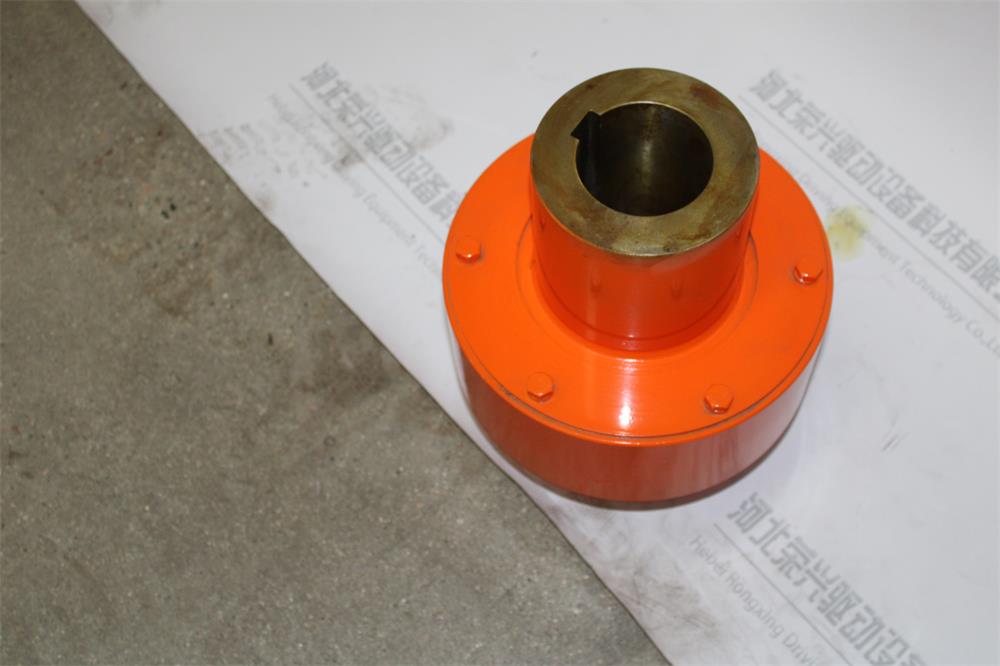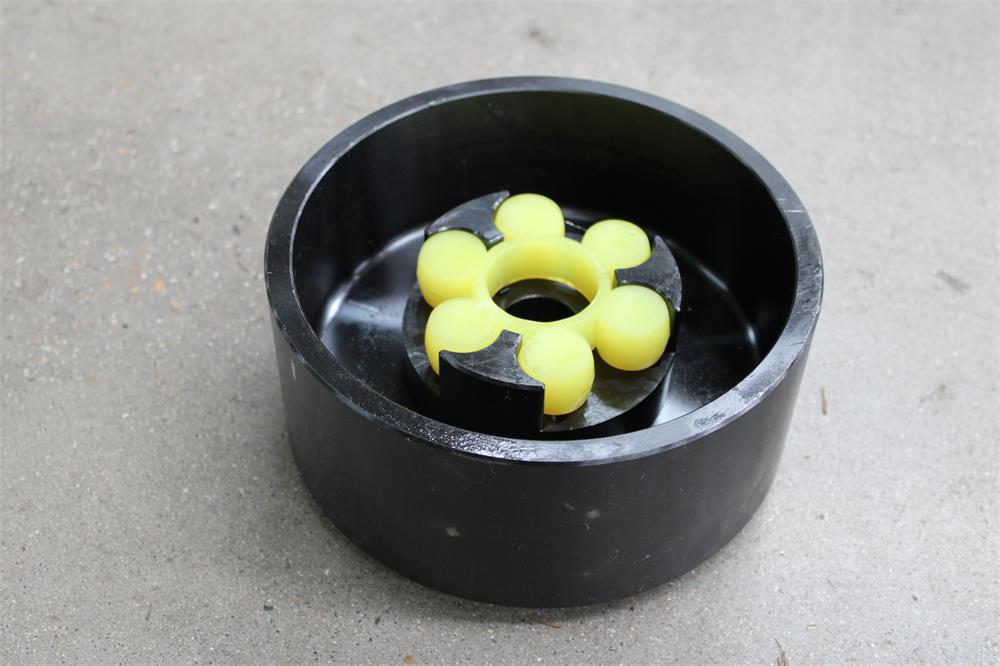Shaft hole tolerance of coupling:
The shaft hole tolerance of the coupling generally follows the mechanical Ministry standard H7 and H9, which can also be referred to as interference fit and transition fit. Interference fit is a positive tolerance, plus a tolerance of 10-20 wires, the small size of the hole minus the large size of the shaft and the difference obtained is a large interference Ymax, which is the tight state of the hole and shaft fit. Interference fit is that it can only be small but not large within the specified tolerance range, and excessive fit is that the tolerance can be large or small without oil. Under normal circumstances, if the shaft hole needs interference fit, it can be marked in the processing drawings, or it can follow the principle of heat expansion and cold contraction. The shaft hole that needs hot installation can be interference fit, which is to facilitate the operation and installation of the worker, and the coupling is tightened.

Coupling torque effect:
For processing couplings, it is better to follow the standard data of the mechanical department, if the coupling is designed without authorization, the torque is too large or too small, it will affect the use of the coupling. Because if the torque does not meet the rated use requirements, the torque or speed of the coupling will not meet the use requirements, which will cause the coupling to break during operation. If the coupling torque designed by the designer is too large, it may not have much impact on the coupling itself, but it will make the end shaft of the motor or the end shaft of the reducer not use normally due to excessive driving torque, so as to play no role in protecting the shaft.

In SUMMARY:
The elastic pin is used on the TL type elastic sleeve pin coupling, which mainly plays the role of driving two half couplings to fix and transfer. And whether the hardness of the pin will change the torque of the coupling, the researchers have tested that for the standard data, the number and size of the backrest pin fixed and the material will not change the torque too much, and if the number increases or the size of the coupling pin becomes larger, or the material of the pin becomes hard, the torque of the coupling will change greatly.
Contact: Spark Wang
Phone: 86-19932127135
E-mail: admin@rongxingcoupling.com
Add: North side of Planning 4th Road, Southern Industrial New Town, Jizhou District, Hengshui City, Hebei Province, China